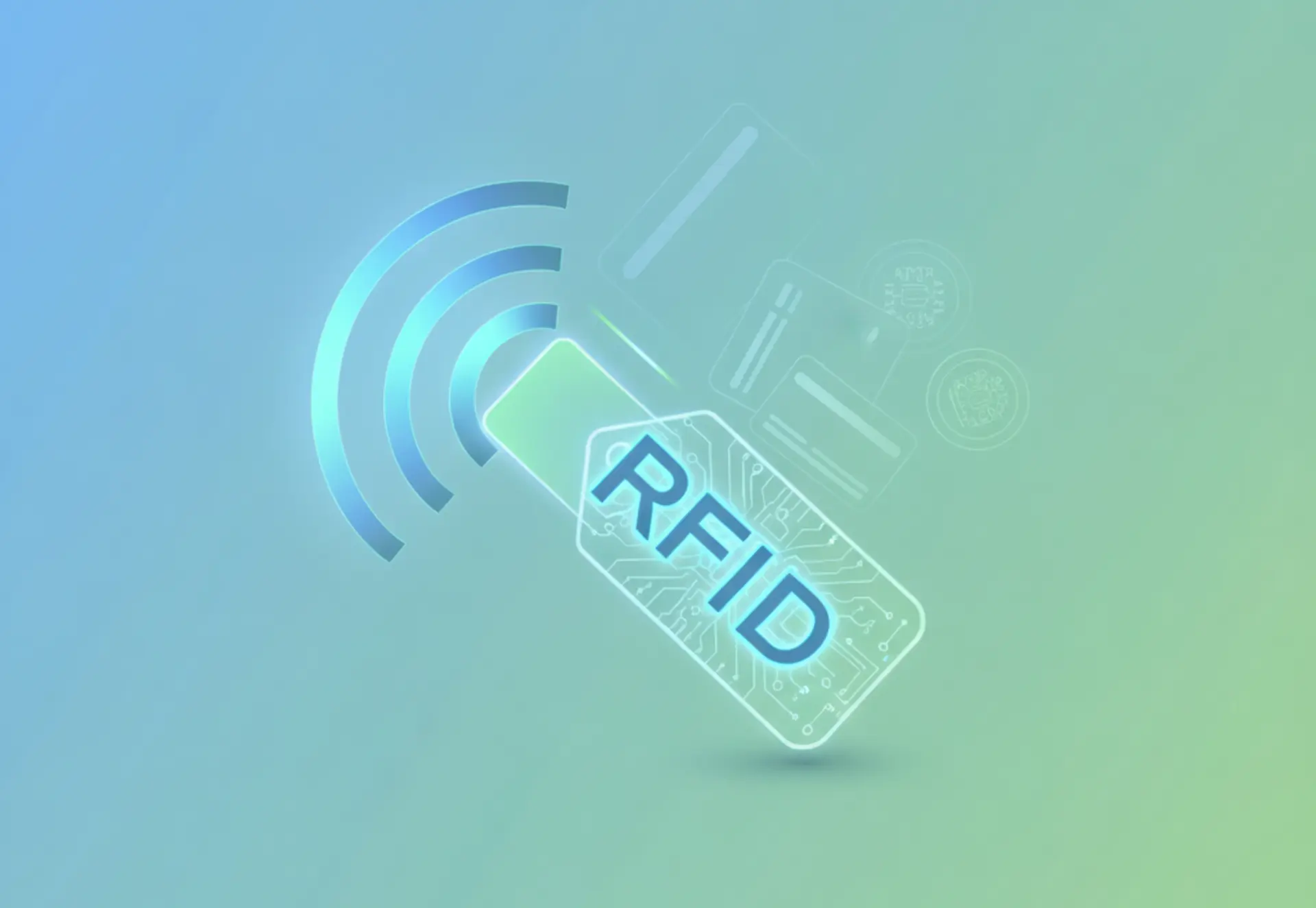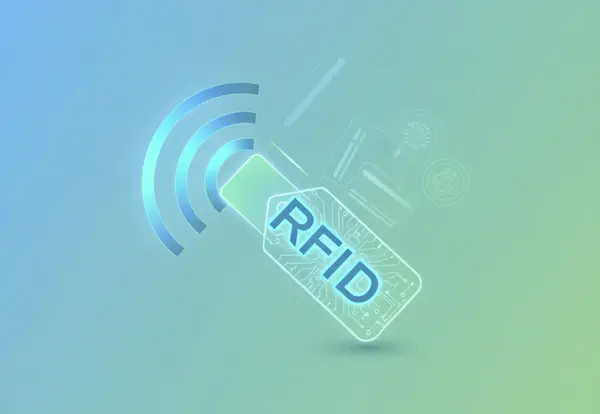
Unseen Connections: The Origins and Evolution of RFID Technology
In today’s hyper-automated world, the objects around us—cards, packages, even implanted animal chips—often carry an invisible “ID card.” The technology that gives them this unique digital identity and enables wireless recognition is RFID, short for Radio Frequency Identification.
This article takes you on a journey through time, tracing how RFID evolved from a wartime innovation into a commercial powerhouse—now powering everything from global logistics to retail operations and everyday life.
A Wartime Beginning: The Need to Tell Friend from Foe
RFID wasn’t born in a lab for business. It began on the battlefield.
1940s: Identification Friend or Foe (IFF)
During World War II, militaries urgently needed a way to tell friendly aircraft from enemy planes on radar screens. The British developed a system called Identification Friend or Foe (IFF)—essentially the ancestor of RFID.
- How it worked: Allied aircraft were equipped with an active radio transponder (the early version of a tag). When ground radar stations (later known as readers) sent out a signal, the friendly aircraft’s transponder would reply with a specific code.
- This was the first example of using radio waves for contactless identification, laying the foundation for modern RFID technology.
From the Lab to the Marketplace
After the war, RFID research went quiet for a while. It wasn’t until the late 1970s that the technology began making its way out of laboratories and into the commercial world.
1970s–1980s: The First Commercial Steps
- U.S. research labs started adapting the military concept for civilian use.
- Early applications included livestock tracking and vehicle access control systems.
- By the mid-1980s, RFID hit a major milestone: electronic toll collection systems, which marked its first large-scale, high-efficiency public deployment 1.
The Breakthrough: Passive Tags
Early RFID systems relied on active tags that contained batteries—bulky, expensive, and impractical for mass use. The real game changer came with passive RFID tags, which don’t require batteries.
These tags draw power from the electromagnetic field emitted by the reader itself, making them cheaper, thinner, and far more scalable. That breakthrough paved the way for RFID’s expansion into global commerce.
The Turning Point: A Retail Revolution
The 21st century marked RFID’s biggest leap forward—and it came from retail.
2003: Walmart’s Supply Chain Shake-Up
Walmart, the world’s largest retailer, announced that its top 100 suppliers must start tagging all pallets and cases with RFID. The move sent shockwaves through global supply chains, forcing manufacturers and logistics providers to accelerate innovation and standardization 2.
- Impact: Tag prices dropped rapidly, and UHF (Ultra High Frequency) RFID became the new standard, offering faster and longer read ranges—ideal for warehouses and logistics 3.
Building Global Standards
- Standardization soon followed. The introduction of the Electronic Product Code (EPC) system ensured that RFID platforms across different manufacturers and countries could communicate seamlessly. This interoperability became the cornerstone of RFID’s globalization, enabling international trade and supply chain transparency 4.
RFID Today: Woven into Everyday Life
What began as a military tool has now become a quiet enabler of daily convenience and efficiency. RFID shows up in countless forms and industries:
| Field | Common Applications |
| Transportation | Electronic toll collection, contactless transit cards (1) |
| Retail & Logistics | Inventory tracking, anti-theft systems (EAS), supply chain visibility |
| Security & Identification | Keycards, smart locks, pet microchips |
| Healthcare | Asset tracking, patient ID systems, medication management |
From Invisible Waves to Tangible Impact
The evolution of RFID mirrors humanity’s push toward greater efficiency. From bulky, battery-powered transmitters to sleek, battery-free tags, the technology has overcome barriers of size and cost to become a pillar of modern automation.
Unlike barcodes or QR codes, which require line-of-sight scanning, RFID offers non-contact, through-material, and bulk reading capabilities—making it a key bridge between the physical and digital worlds in the Internet of Things (IoT) era.
RFID’s story is not just about faster data or higher frequencies—it’s about making the invisible flow of information traceable, manageable, and meaningful.
By understanding how RFID works and how it has evolved, we can better follow the upcoming discussions on how different industries are applying RFID in real-world use cases.
Related Article:

[References]
1 “The History of RFID Technology.” RFID JOURNAL. https://www.rfidjournal.com/expert-views/the-history-of-rfid-technology/76202/.
2 “How Walmart Introduced RFID in Supply Chain.” RFID Label. https://www.rfidlabel.com/how-walmart-introduced-rfid-in-supply-chain/.
3 “Walmart’s RFID Label Mandate: Transforming Retail Supply Chains.” SAI. https://saiimpression.com/insights/walmarts-rfid-mandate-transforming-retail-supply-chains/.
4 “Breaking Down RFID EPC Code Structure: What Every Tech Leader Should Know.” RFID Label. https://www.rfidlabel.com/breaking-down-rfid-epc-code-structure-what-every-tech-leader-should-know/#what-is-an-rfid-epc-code-and-why.
(1) Many people ask, “Isn’t the subway card reader called NFC?” That’s right! NFC is actually part of the RFID family—it’s the “short-range communication” type. You can think of RFID as a big extended family, with NFC being the most approachable and everyday member you’re most likely to encounter.

